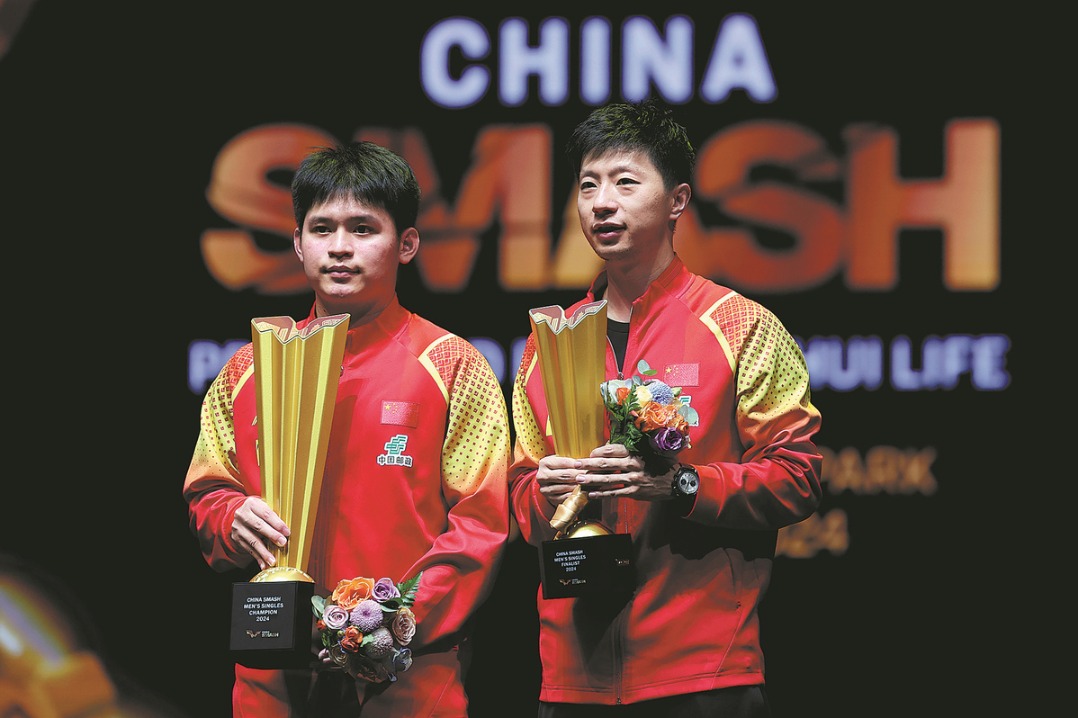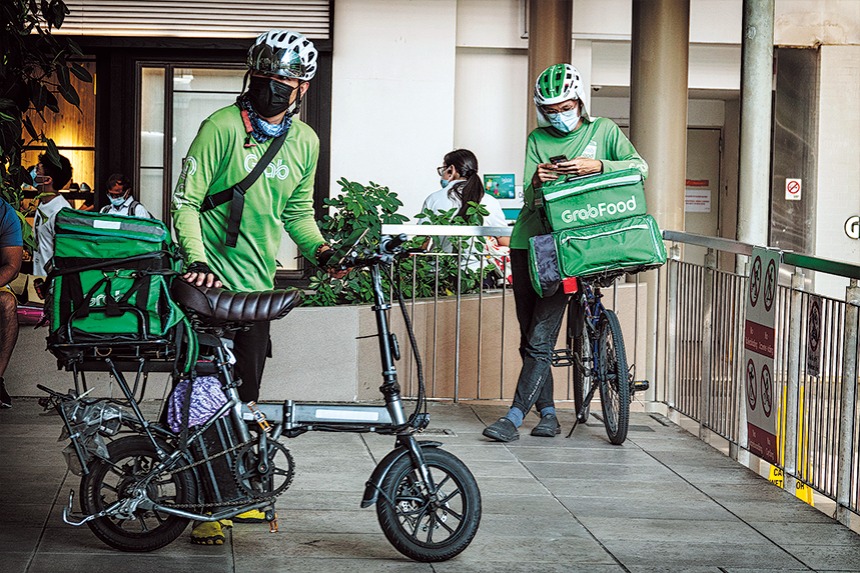China Focus: Chinese high-speed trains roll with innovation progress
Xinhua | Updated: 2024-10-09 15:15

CHINESE RAILWAY INNOVATION
Once upon a time, the slow train with its signature green color dominated the travel memories of many Chinese people.
Since the Beijing-Tianjin Intercity Railway, with a design speed of 350 km per hour, entered operation in 2008, a fast-expanding modern high-speed railway network has been operating efficiently in the world's second-largest economy.
Now it takes just over eight hours to travel from Hong Kong in South China to Beijing in the north by high-speed rail, a Canadian passenger with the Xiaohongshu username Lao Han, shared on his social media platform this April, while adding that he enjoyed the different views from south to north during the journey.
Previously, a train connecting the two cities took more than 24 hours to complete a one-way trip.
Such a rail experience is not confined to the Hong Kong-Beijing trip, with many bullet trains running across the country, reaching a maximum speed of 350 kilometers per hour. CRRC Changchun Railway Vehicles Co., Ltd in Changchun, Northeast China's Jilin province, one of China's major rail transit equipment enterprises, has long been contributing to the speeding up of the country's railway travel options.
Since the 1990s, China's railway running speed has been repeatedly and significantly increased, with CRRC Changchun Railway Vehicles introducing a number of upgraded and innovative products to provide equipment support for these accelerations.
Notably, this company produced China's first subway train and first group of high-speed trains. The country's first aluminum alloy subway train, stainless steel subway train, monorail train, low-floor light rail vehicle, linear electric locomotive and automatic subway train were also manufactured in the factories of CRRC Changchun Railway Vehicles.
In July 2024, the company introduced a high-speed built-in bogie that can meet the needs of Electric Multiple Unit (EMU) trains at a speed of 400 km per hour.
The high-speed built-in bogie serves as the running system and one of the core components of rail vehicles. "It acts as the legs of an EMU train," explained Zhou Dianmai, a senior engineer of CRRC Changchun Railway Vehicles. Equipped with such a bogie, a train can run faster and more steadily, while also generating less noise.
Compared with traditional external bogies, the built-in bogie reduces the weight of the train by 20 percent -- which can cut energy consumption by 15 percent during the vehicle's operation, lower wheel-rail wear by about 30 percent, and reduce wheel-rail noise by around two decibels. In addition, maintenance cost during the whole life cycle is slashed by approximately 15 percent. This product is expected to facilitate the green and energy-saving transformation of EMU trains.
At the EMU bogie production line of CRRC Changchun Railway Vehicles, a big data analysis platform features key information, such as management costs and resource consumption. Through the processing of real-time data, this platform can generate product design and management suggestions.
"The big data analysis platform improved the equipment utilization rate by 10 percent and decreased operation and management costs by 10 percent," said Zhu Yan, deputy chief designer of the Fuxing bullet train at CRRC Changchun Railway Vehicles. Total average annual costs were reduced by more than 5 million yuan (about $700,830).
Through learning from overseas advanced experience and customizing according to China's unique conditions, the company has achieved both key technologies concerning rail transit equipment and capability in terms of R&D and manufacturing of full-range EMU trains.
On March 21, 2024, the world's first city train powered by hydrogen, independently developed by CRRC Changchun Railway Vehicles, conducted its maiden speed test run. Previously, such a combination of hydrogen energy and rail transit equipment had not been achieved.
Running at a speed of 160 kilometers per hour at full load, the train consumed only five KWh energy per kilometer, while the data measuring each system confirmed stability during the test.
So far, CRRC Changchun Railway Vehicles has managed to build nine product platforms with advanced EMU, subway trains and maglev trains, covering R&D capabilities in terms of full-type and full-variety rail transit products.
























